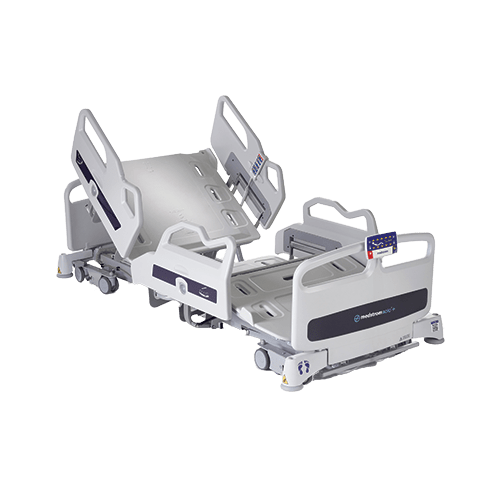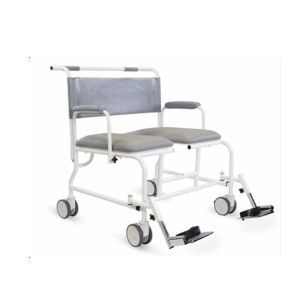
Overcoming Weight Stigma in Healthcare
In this post, we look at overcoming fear and weight stigma in healthcare.
This is the third in a series of three posts with accompanying short videos, each of which focuses on a different aspect of dignified care for plus-size patients.
What Causes Weight Stigma and Fear?
In my role as a bariatric product specialist at Medstrom, I concentrate on the dignity of the plus-size patient, ensuring their needs are met. And at the same time, I need to make sure that caregivers are protected.
Stigma and fear are still very prevalent on wards, and it’s unfortunately a big influencer on plus-size patient care. But a lot of the time, it happens as a result of previous experience.
For example, a caregiver may have previously come into contact with a patient who doesn’t want to mobilise, and this sticks in their mind when they are working with plus-size patients. They may think that this cohort of patients don’t want to mobilise or engage in their care plan, based on an earlier experience.
How to Overcome Weight Stigma in Healthcare
I’m a firm advocate of involving every patient in their care decisions, but this is extremely important when dealing with plus-size patients. You can find out what they can do generally by just asking them simple questions, such as:
- How do you normally mobilise?
- Do you have equipment at home?
- How do you manage at home?
I’ve found that the majority of plus-size patients I work with are mobile, or at least partially mobile, before they come into hospital. So, asking them what they can do for themselves will enable them to participate fully in their own rehabilitation. As a result, this will help to improve outcomes, as they are more engaged in their care.
In summary, you can often completely remove stigma and fear by simply asking a patient the right questions. This ultimately benefits both the patient and their caregivers, helping them to build a better relationship. In turn, this can have a positive influence on their recovery.
Other Videos in this Series
Video 1: How Can Education Support Dignified Plus-Size Patient Care?
Video 2: Why is Body Morphology Important when Selecting Bariatric Equipment?












